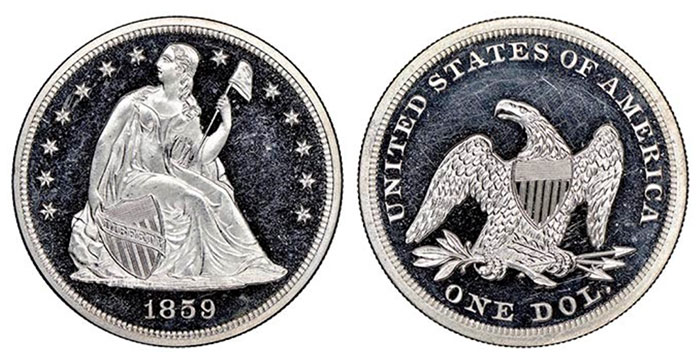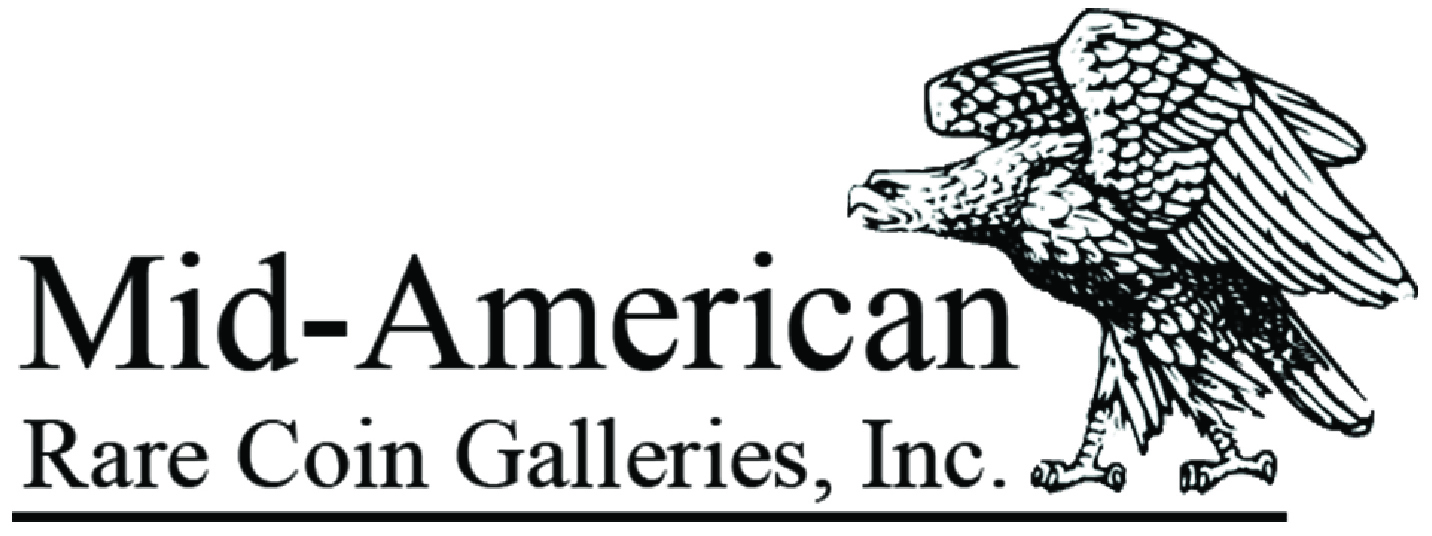We have all read the headlines about the astounding sales performance of mega coins in the last few months. Every major auction seems to have more than a few six- and seven-figure coins that sell for a record price. Coins at the top end of the market are clearly in demand, but the reality, of course, is that very few collectors can ever hope to purchase coins in this price range.

Until recently, coins in the middle part ($500 to $5,000 USD) of the numismatic market had declined in price almost across the board. Some have fallen to prices not seen in 30 years. There are a lot of factors to explain this, the simplest being the law of supply and demand. In the past five to 10 years, a LOT of collections have come onto the market. There have not been enough collectors for some segments of the market to absorb the material being offered, especially early Colonial issues.
The enormous success of set registry collecting has had a negative impact on coins in less-than-stellar condition. A coin in Proof 65 is not desired by those who need a Proof 67 to improve their set standing. The same scenario plays out for many series of United States coinage in a wide range of grades. This lack of demand has driven down prices on many series to what are now incredible bargains.

In the last few years, one of the most out-of-favor segments of the rare coin market has been 1858-1915 US Type Proof Coins. Prices for nice examples have fallen to levels last seen in the 1980s. At the 1988 Heritage ANA Mid-Winter Sale, an 1892 Barber Half Dollar Proof 65 sold for $1,500. An NGC-graded Proof 65 of the same date recently sold for around $1,600. At the peak of the market in 1989, Proof 65 Barber Half Dollars sold for over $8,000.
Most people are familiar with the Proof Sets produced annually by the United States Mint. They are our circulating coinage struck for collectors using carefully polished dies and planchets. What many do not realize is that the Mint has been striking these specially prepared coins since at least 1821. In the early years, just a few examples were struck for presentation purposes or for placement in the Mint cabinet. Many of these incredible coins still reside in the trays of the Smithsonian Collection.
In 1858, the Mint began striking a very limited number of complete Proof Sets for the fledgling numismatic community, a practice that has continued to this day. Most of the Proof Sets from the 1858-1915 era have been broken up over the years. Occasionally, an original set that has stayed together for over a century will enter the marketplace, and, as you would expect, bring a hefty price.

Individually, however, Seated Liberty and Barber Proof coins from 1858 to 1915 can be found in Choice condition for relatively modest sums. Many coins can be purchased for under $1,000 that have a mintage of fewer than 1,000 coins. Seated and Barber coins of the era were struck in the following denominations: Half Dime, Dime, Twenty Cents, Quarter, Half Dollar, and Dollar. The total number of coins struck for all denominations is less than 200,000 coins (by comparison, nearly 500,000 1909-S VDB Cents were struck in one year). Of the 251 different issues in the series, 209 tout mintages below 1,000 coins.
Regular-issue US coins with a mintage below 1,000 pieces typically sell for tens of thousands of dollars. Proof Seated coinage also fits the budget of most collectors as nearly every issue can be found in grades from Proof 60 to Proof 69. Another important factor to note is that other than the 1895 Morgan Dollar, there are no mega coins in the series that would keep a collector from pursuing this part of the market.
I truly love Proof Type coins, and I have handled thousands of coins over the years. The coins are beautifully designed, and even if you can afford just one example, your collection will be enhanced.
As mentioned many times about anything you collect, try to find coins with good eye appeal. This is especially important with silver coins struck over a century ago. Many coins found on the market have dark or unattractive toning. Search for coins with nice color or brilliant white surfaces. These will be much easier to market when it’s time to sell.
One complicating factor for Proof Seated and Barber coins is trying to figure the correct premium for Cameo and Ultra Cameo examples. Prices can range wildly, and you should do your research before paying an exorbitant premium. Check NGC Census data to understand rarity when it comes to Cameo and Ultra Cameo. Many coins are about equal rarity in Cameo. Ultra Cameo coins are quite rare in most instances and can sell for astounding prices.
Proof Type coins are just one part of the market that has been ignored in recent years. I will continue to explore areas of American numismatics that are undervalued and that should be considered by those who appreciate the classic “contrarian” play.

Recommended Reading: United States Coinage – A Study by Type. Jeff Garrett and Ron Guth, Whitman Publishing. Guide Book of United States Coins (Mega Red). R.S. Yeomen, Whitman Publishing.
